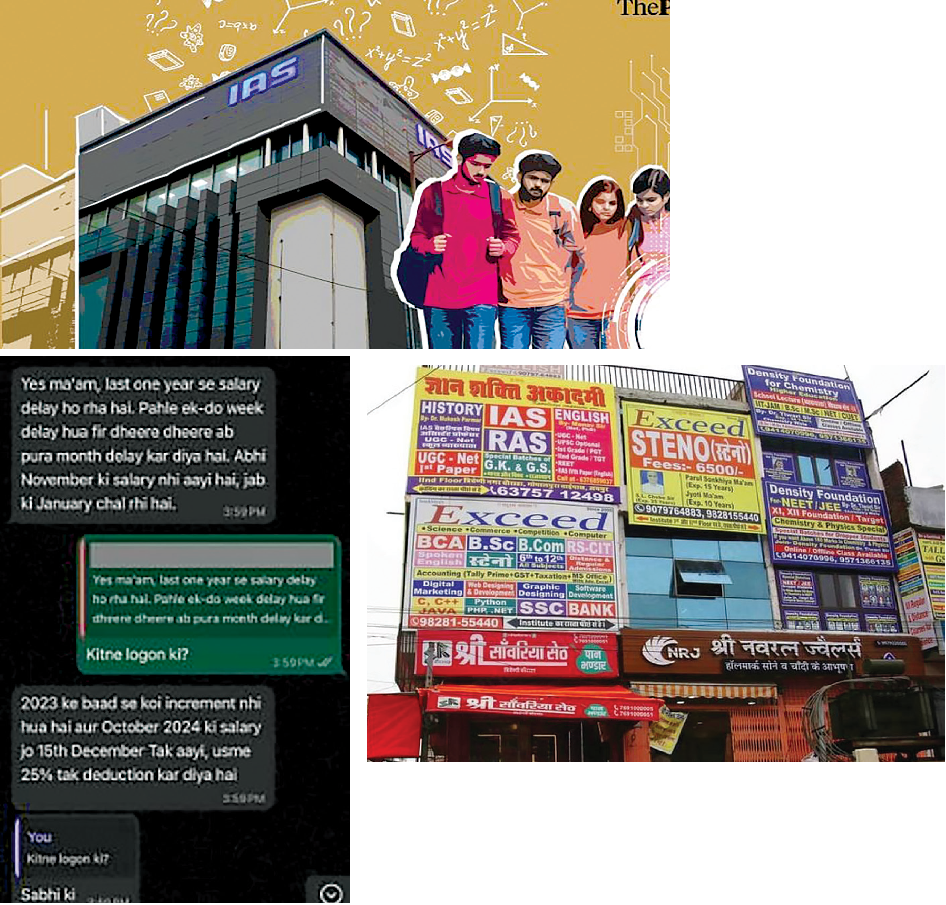
River’s hidden MAGIC
Prajakta Mahajan
Free Press Journal: Reva loved listening to her grandmother's childhood tales about Pandharpur. She would sit wideeyed, imagining her grandma splashing in the Chandrabhaga River, taking boat rides, and playing on the sandy banks. One day, Reva asked if they could visit the river in their city, and after some hesitation, her grandmother agreed. As they walked towards the river, Reva's eyes widened with surprise. “Grandma, why is there so much trash everywhere?” The riverbanks were littered with plastic bags, bottles, and all kinds of garbage. Her grandmother’s face turned serious. “Our rivers are special,” she explained. “In our culture, we’ve always respected rivers as sacred. But now, people have forgotten how to care for them.” She pointed to the stagnant water that looked more like a dirty puddle than a flowing river. “Is this why you didn’t want to come here before?” Reva asked.
Household chemical consumption, particularly from soaps and detergents, significantly contributes to river pollution in India. Many detergents contain harmful phosphates that lead to eutrophication and depleting oxygen thus harming aquatic life. With untreated domestic sewage being a major pollutant, the cumulative impact of household wastewater is substantial. Opting for eco-friendly, phosphatefree, and biodegradable products, along with improved sewage treatment and stricter regulations, can help mitigate this issue. “Exactly,” Grandma nodded.
“This river used to be beautiful — clean, full of life, with music in its waters. It is so painful to see the river in this condition.” As they walked along the banks, Grandma began sharing the river's hidden wonders. She showed Reva an Indian Willow tree, explaining how these special trees survive even during floods and provide homes for countless creatures. “They grow only near rivers or springs,” she said. “Look at this Babhul tree,” she said, pointing to a sturdy tree with yellow flowers. “These trees are survivors — they can live through drought and flood.” Reva's eyes sparkled as she noticed intricate bird nests hanging from its branches. “Those are Baya bird nests,” Grandma explained. “Isn't it amazing? They weave these nests with the entrance at the bottom - a clever way to keep their babies safe!” Reva was amazed.
“I had no idea our riverbanks could be so magical!” she exclaimed. The world her grandmother was showing her was completely different from the polluted river she first saw. “We need to protect these rivers,” Grandma said softly. “They're not just water — they're life itself. The rivers are home to various birds and fish. Their banks are adorned with trees and shrubs. You’ll find vibrant butterflies, fascinating insects, and small creatures like frogs thriving along the banks. Our culture has always taught us to respect and care for nature.” As they walked back, Reva felt like she had discovered a secret world.
She realized that saving the river wasn't just about cleaning up trash — it was about understanding and respecting the incredible ecosystem that lived there. “Thank you for bringing me here,” Grandma said, squeezing Reva's hand. “Sometimes it takes a young heart to remind us of what's truly important.”
 English daily published in Bengaluru & Doha
English daily published in Bengaluru & Doha






